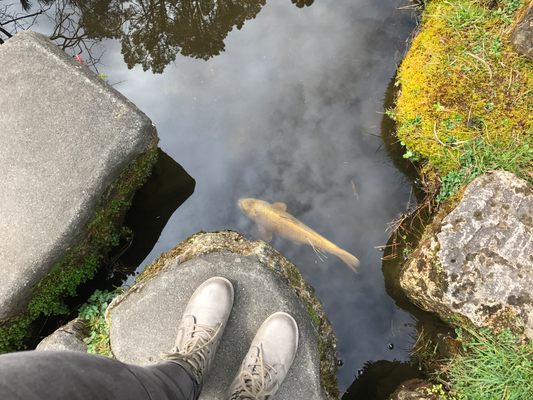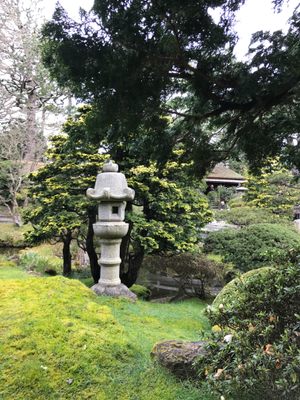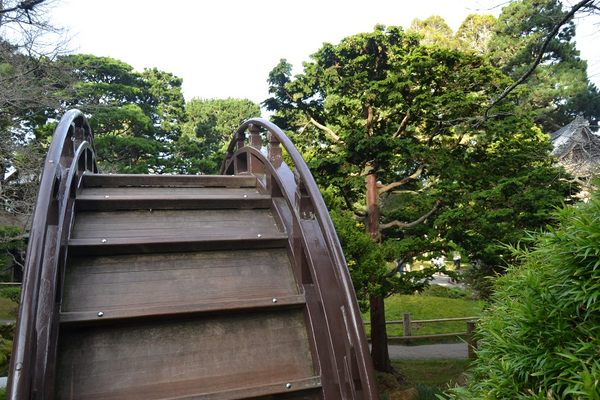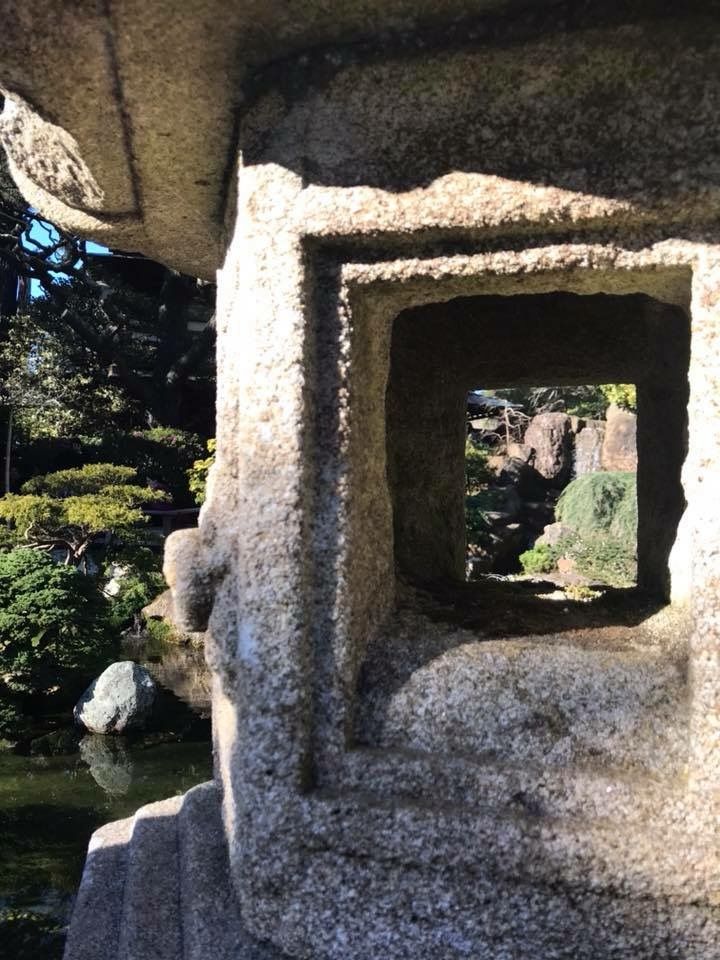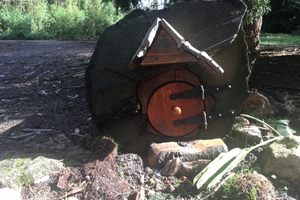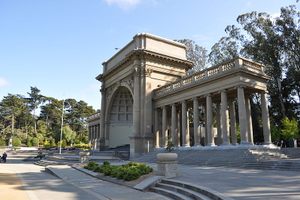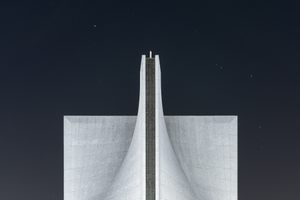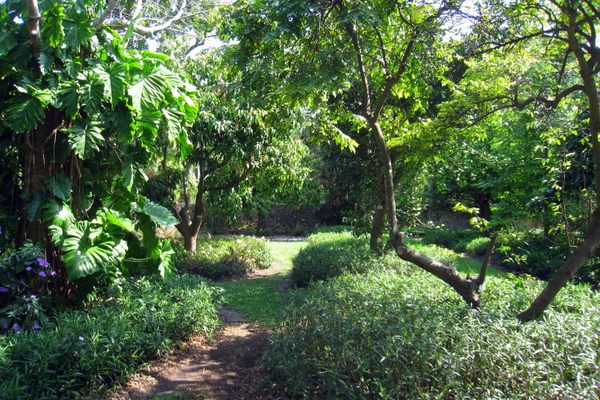About
The Japanese Tea Garden in Golden Gate Park is home to a few fantastic stories.
1894 Midwinter Exposition contained approximately 1 acre of a Japanese village that contained a tea house ("ochaya" in Japanese). The tea garden proved to be so popular that after the fair closed, while the other temporary wooden buildings were being demolished, the ochaya was given a permanent home in Golden Gate Park. This is very fortunate because now it is the oldest Japanese ochaya in the United States, which still welcomes visitors to this day.
Not much remains from the long-gone fair, but of the few things that do, a sizable fraction are in the Japanese Tea Gardens. The garden landscapes have changed quite a bit over the past hundred plus years, but thankfully there are several features that have not changed a bit. When the fair closed, Japanese landscape architect Makoto Hagiwara and superintendent John McLaren reached a gentleman’s agreement, allowing Mr. Hagiwara to create and maintain a permanent Japanese style garden as a gift for posterity. He became caretaker of the property, pouring all of his personal wealth, passion, and creative talents into creating a garden of utmost perfection.
Mr. Hagiwara expanded the garden to its current size of approximately 5 acres where he and his family lived for many years until 1942 when they, along with approximately 120,000 Japanese Americans, were forced to evacuate their homes and move into internment camps. Following the war the Hagiwaras were not allowed to return to their home in the park. The house and the Shinto shrine were demolished.
Many of the structures and the Drum Bridge (Taiko Bashi) stand to this day with few modifications. The Drum Bridge is so called because it is shaped like half of a drum over a calm pool of water. The idea is that to behold a drum bridge over calm waters would offer a reflection of the bridge, creating a full circle and reminding the viewer of the moon. The reality is a gorgeously designed, very steep, slightly dangerous when damp, highly impractical and hugely entertaining piece of wooden architecture.
One of the more interesting stories to come from the Japanese Tea Garden is the claim to have invented the Fortune Cookie. This sweet, crispy snack with hidden wisdom has a contentious history with many laying claim to its invention, but most seem to agree with its invention in San Francisco by Baron Hagiwara to accompany the tea served in the Garden. Podcaster and San Francisco historian Richard Miller in his podcast episode about the Chinese Fortune Cookie rightfully quips that "the 'Chinese Fortune Cookie' is as Chinese as 'French Toast' is French, which is to say, not at all."
Related Tags
Know Before You Go
Note: The pagoda is undergoing some much-needed restoration work in 2021 so may not be visible during your visit.
Community Contributors
Added By
Published
July 26, 2011












